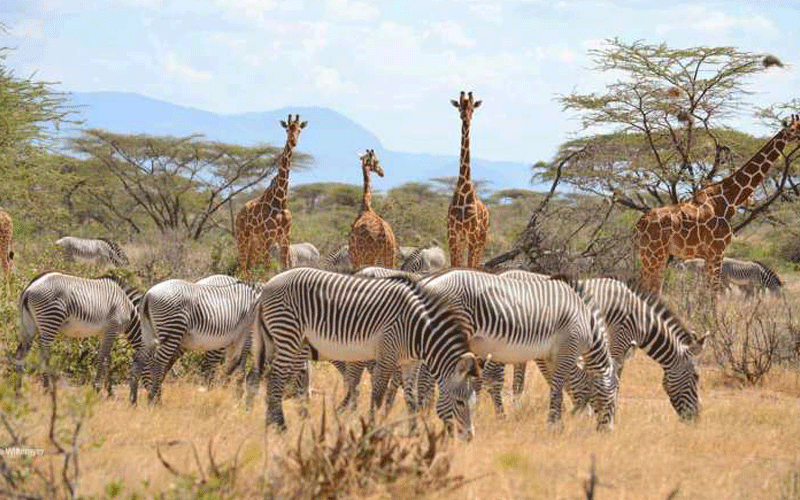Wildlife census to ascertain population after longest drought
By Loise Wambugu, September 16, 2024The ongoing national wildlife census will help the government ascertain the number of wild animals lost in the last drought, which was among the longest dry spells in 40 years.
Principal scientist at Wildlife Research and Training Institute (WRTI), Stephen Ndambuki said that through the 2024/2025 national count which was launched in June, the government would obtain actual data of the devastating effects of the drought.
He said the data would help the government to set up necessary drought and climate change mitigation measures for pasture and water which would include providing fodder and constructing watering points for the wildlife.
Speaking at the Lake Nakuru National Park last week when WRTI in conjunction with Kenya Wildlife Service (KWS) launched the second phase of the national wildlife census, Ndambuki said the data collected would inform conservation strategies and policy decisions.
He observed that most animals died due to a lack of pasture, water or both during the prolonged drought between 2020 and 2023 which included an incident of locust invasion.
He noted that the drought picked up in 2022 and resulted in serious habitat loss, displacement, human-wildlife conflicts and wildlife mortalities.
“The last census where more than 30 species of mammals, birds, and marine species were counted in various ecosystems was in 2021, the line agencies will compare the numbers, look at the population projections and tally how much wildlife was lost,” said Ndambuki.
According to data collated by KWS and partners, the Amboseli Ecosystem alone lost 6,093 animals from 20 species which included 127 elephants, 93 Maasai Girrafes, 3,872 wildebeasts and 1,395 zebras among others.
Ndambuki said the census which involves an aerial survey would determine wildlife populations, distribution and the health of their ecosystem.
“The first phase of this census was in Masai Mara National Reserve, Amboseli National Park and Athi Kapiti Wildlife Conservancies, we are set to complete the survey which has been allocated Sh302 million in June next year,” he said.
While last week’s survey command centre was at the Lake Nakuru National Park, the census was done in surrounding ecosystems of Solai and Naivasha.
Besides the wildlife living within human settlements, these areas have animal sanctuaries and conservancies such as Kedong Ranch, Suswa, Soysambu and Delamere
“In the second phase we are covering Nakuru, Naivasha and other closed ecosystems like Solai, and data obtained will help in decision-making in wildlife conservation,” he said.
More Articles

